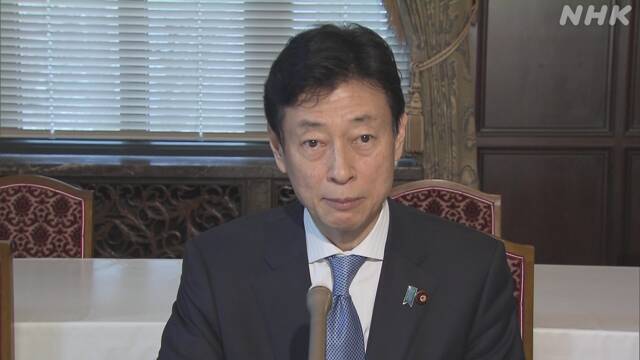At a press conference after the Cabinet meeting, Mr. Nishimura said that the so-called "supply and demand gap", which indicates the difference between the demand and potential supply capacity of the Japanese economy, was about 18 trillion yen on an annualized basis from October to December last year. I clarified the analysis result that it was a minus.
The "supply and demand gap" is an index showing the difference between the demand and potential supply capacity of the Japanese economy, and when it becomes negative, it indicates that the demand was weaker than the original ability of the Japanese economy.
Regarding this, Minister Nishimura revealed at a press conference after the Cabinet meeting on the 26th that the output gap was negative by about 18 trillion yen on an annualized basis from October to December last year.
Compared to the previous period of about 34 trillion yen minus from July to September last year, the minus range has narrowed, but it shows that the new corona will have a big impact on the Japanese economy.
Regarding this result, Minister Nishimura pointed out, "It has improved from the previous period, and I think it can confirm the potential resilience of the Japanese economy, but there is a large shortage of demand and the recovery is in the middle of the road."
On that basis, he said, "It is important to make steady fiscal spending and put it on a growth trajectory led by private demand," and will support the economy by aggressive fiscal spending such as steady execution of the third supplementary budget this year. I showed my thoughts.

